AOI, which stands for Automated Optical Inspection, is an automated inspection technology based on optical principles, widely used in the electronics manufacturing industry, particularly in the assembly process of printed circuit boards (PCBs). An AOI system typically comprises a lighting system, camera system, electrical control system, and image processing and analysis system. It automatically scans PCBs with cameras, captures images, and compares these images against predefined standards or qualified parameters in a database to detect defects in soldering and other manufacturing processes.
The Role of AOI:
- Defect Detection: AOI can detect various defects on PCBs, such as poor solder joints, incorrect components, missing parts, polarity errors, foreign object contamination, short circuits, open circuits, line width anomalies, spacing issues, etc.
- Process Control: By setting up AOI on the production line, errors can be detected and corrected at an early stage, preventing defective products from moving to the next stage, which helps improve overall production quality and efficiency.
- Cost Reduction: AOI reduces errors and omissions caused by manual inspection, avoiding waste due to defective products in subsequent processing, thus lowering production costs.
- Statistical Process Control (SPC): Data generated by AOI can be used for statistical process control, helping manufacturers identify and solve potential quality issues and optimize production processes.
Advantages of AOI:
- Simple Programming: AOI systems can often automatically acquire necessary inspection parameters from the pick-and-place machine programming information, simplifying the programming process.
- Ease of Operation: Thanks to intelligent software, AOI has a user-friendly interface that does not require operators to have specialized backgrounds for basic operations.
- High Fault Coverage: AOI can detect multiple types of defects, with a high fault coverage rate, typically over 80%.
- Cost Savings: By detecting defects before reflow soldering, AOI avoids additional costs associated with rework or scrap.
- Enhanced Production Efficiency: The high-speed inspection capability of AOI increases production speed and reduces bottlenecks caused by manual inspection.
- Standardized Inspection Criteria: AOI eliminates the subjectivity and inconsistency of manual inspection, ensuring reliable and consistent inspection results.
AOI has become an indispensable part of modern electronics manufacturing, improving product quality, reducing production lead times, and contributing to the realization of smart manufacturing goals.

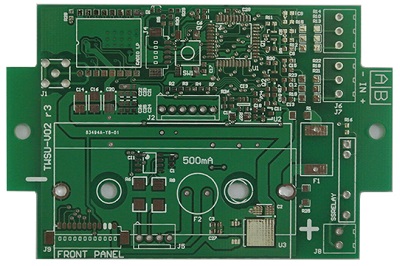 PCB
PCB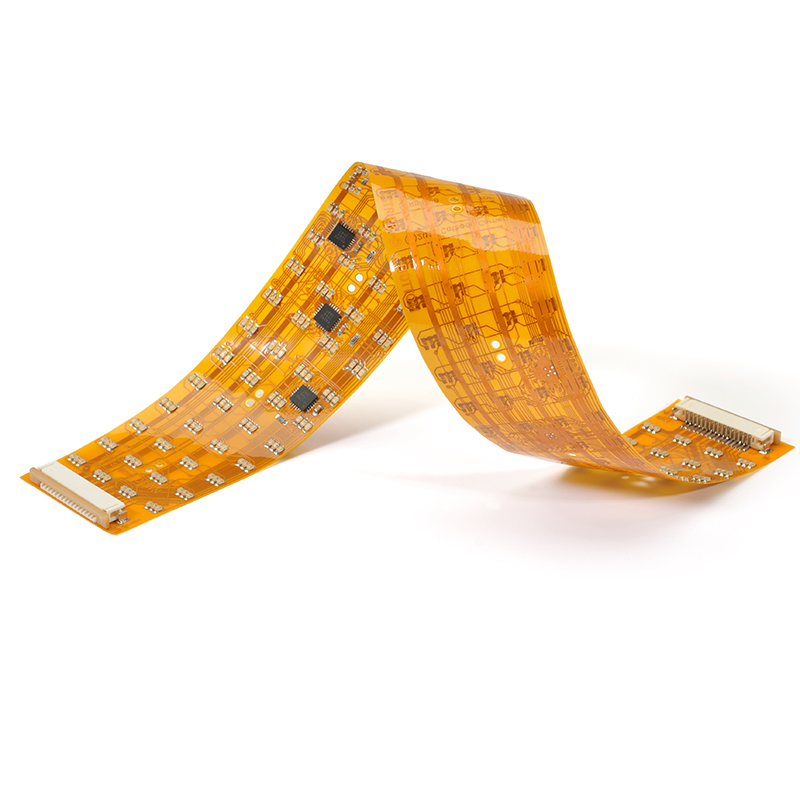 FPC
FPC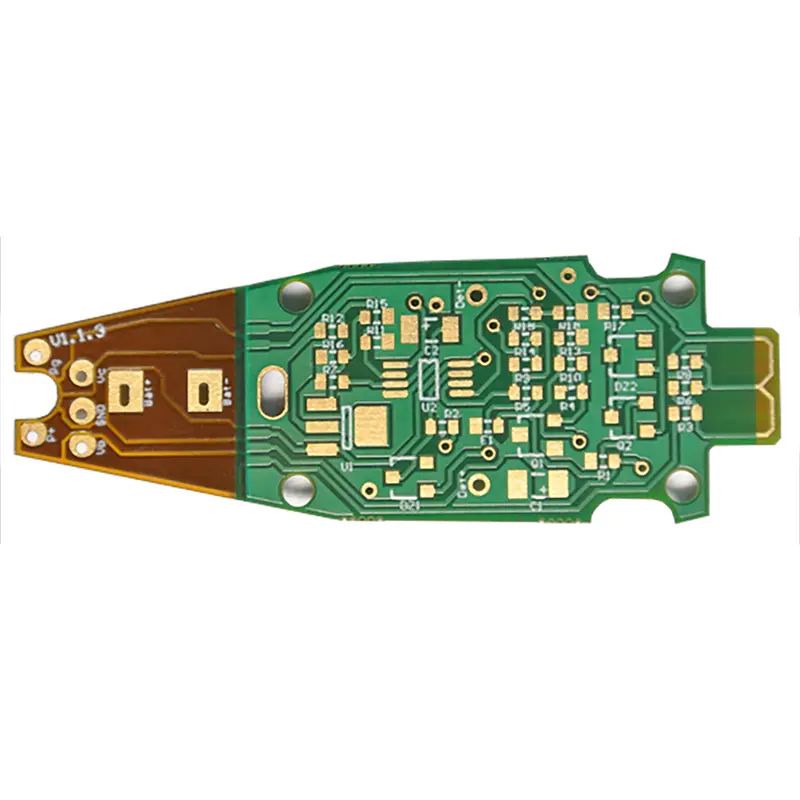 Rigid-Flex
Rigid-Flex FR-4
FR-4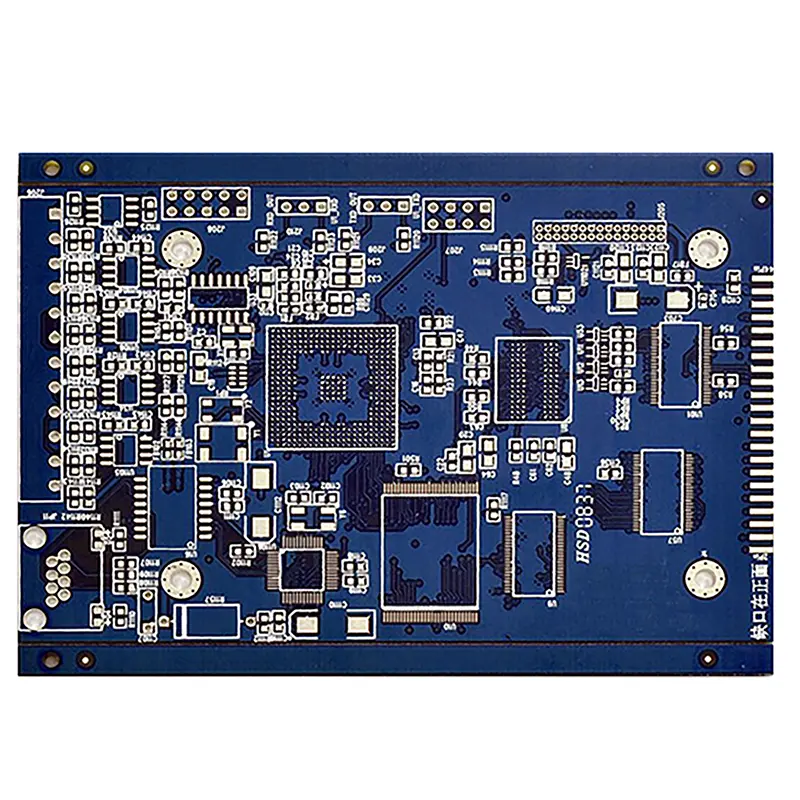 HDI PCB
HDI PCB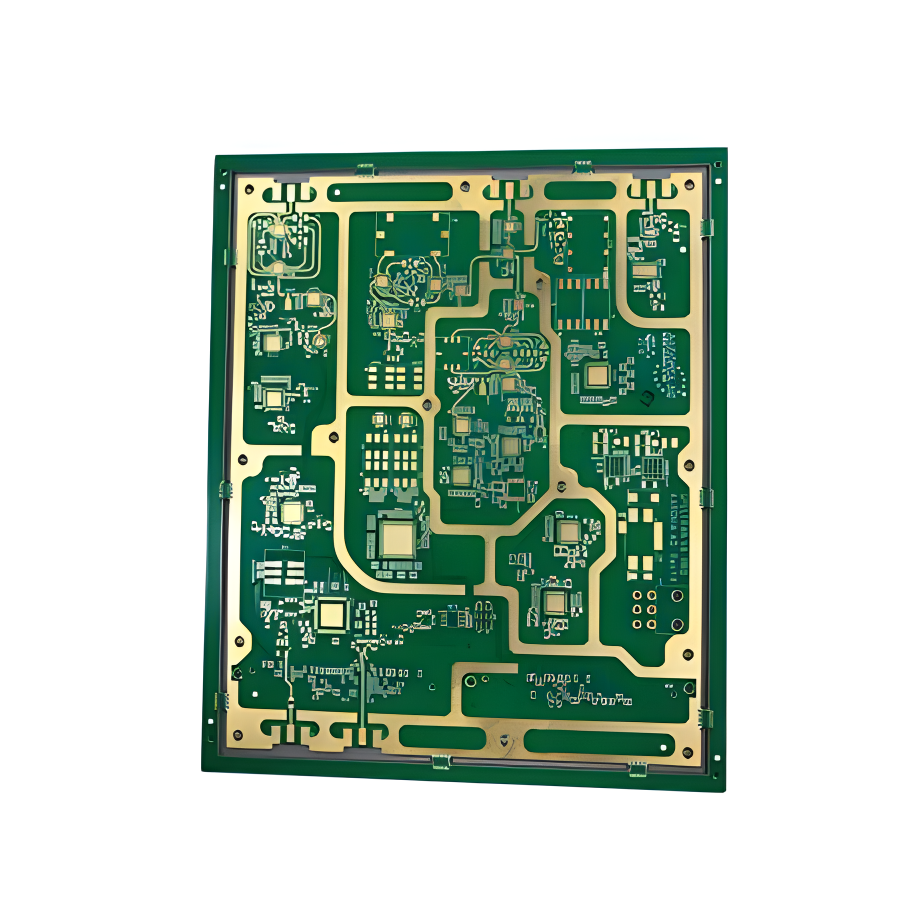 Rogers High-Frequency Board
Rogers High-Frequency Board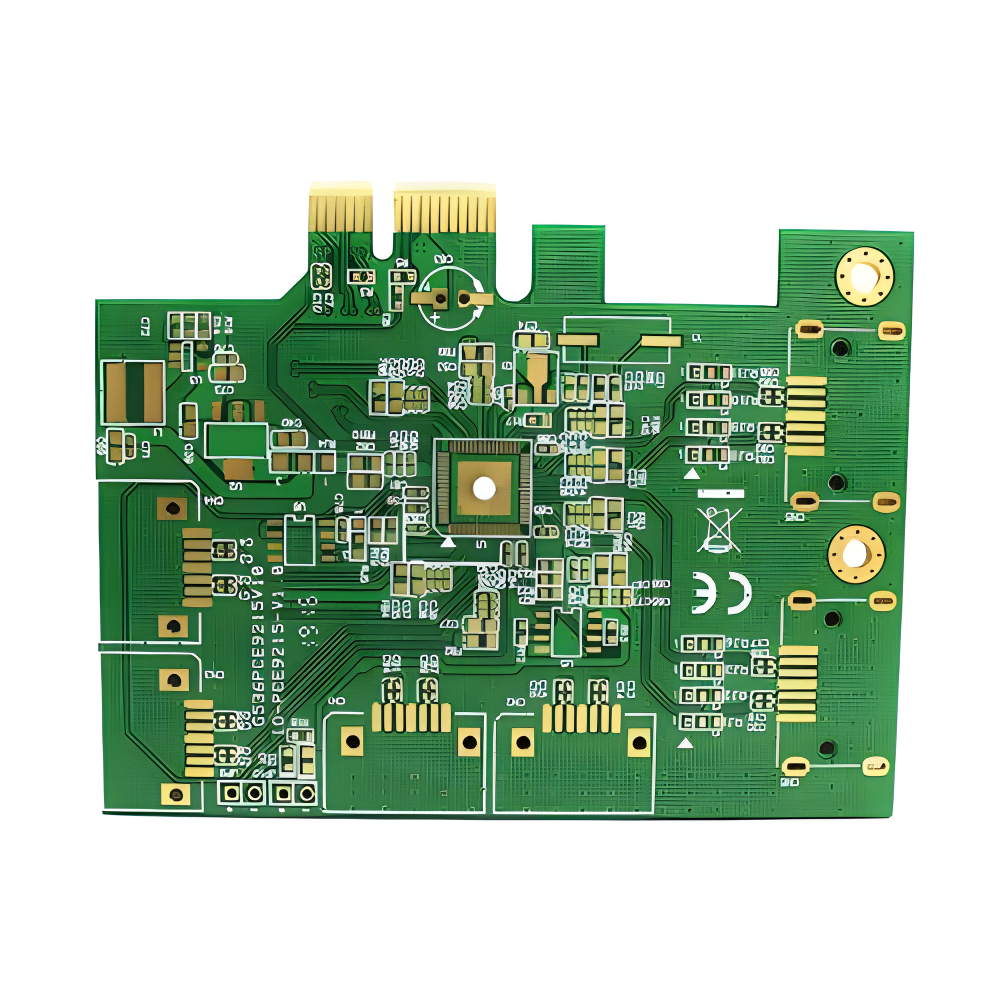 PTFE Teflon High-Frequency Board
PTFE Teflon High-Frequency Board Aluminum
Aluminum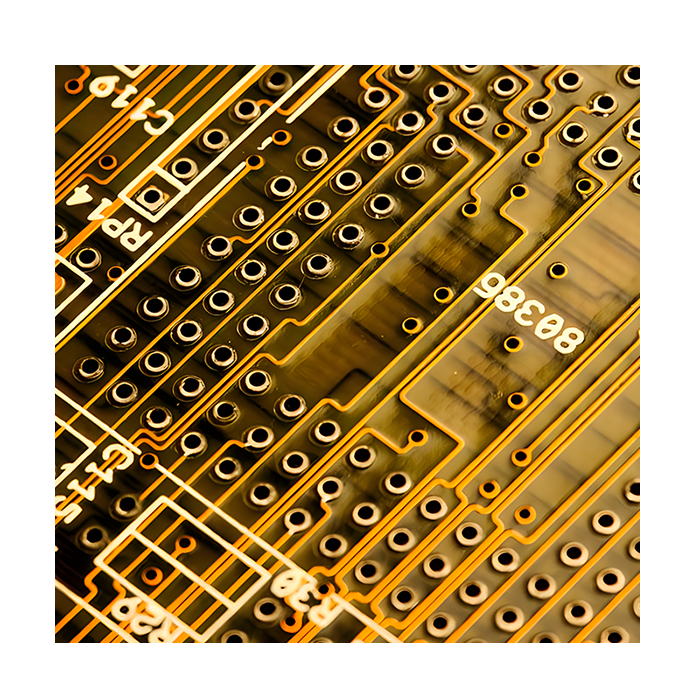 Copper Core
Copper Core PCB Assembly
PCB Assembly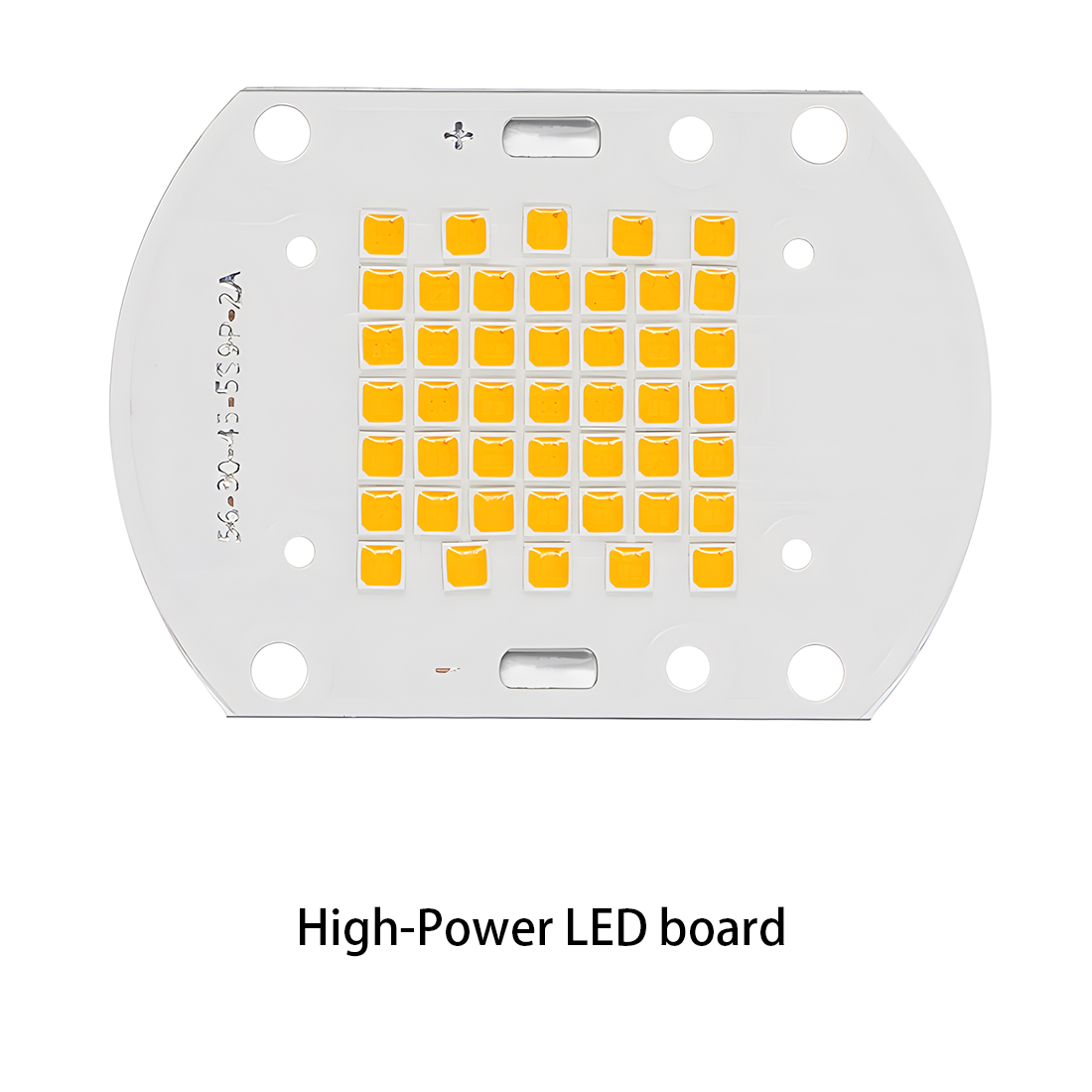 LED light PCBA
LED light PCBA Memory PCBA
Memory PCBA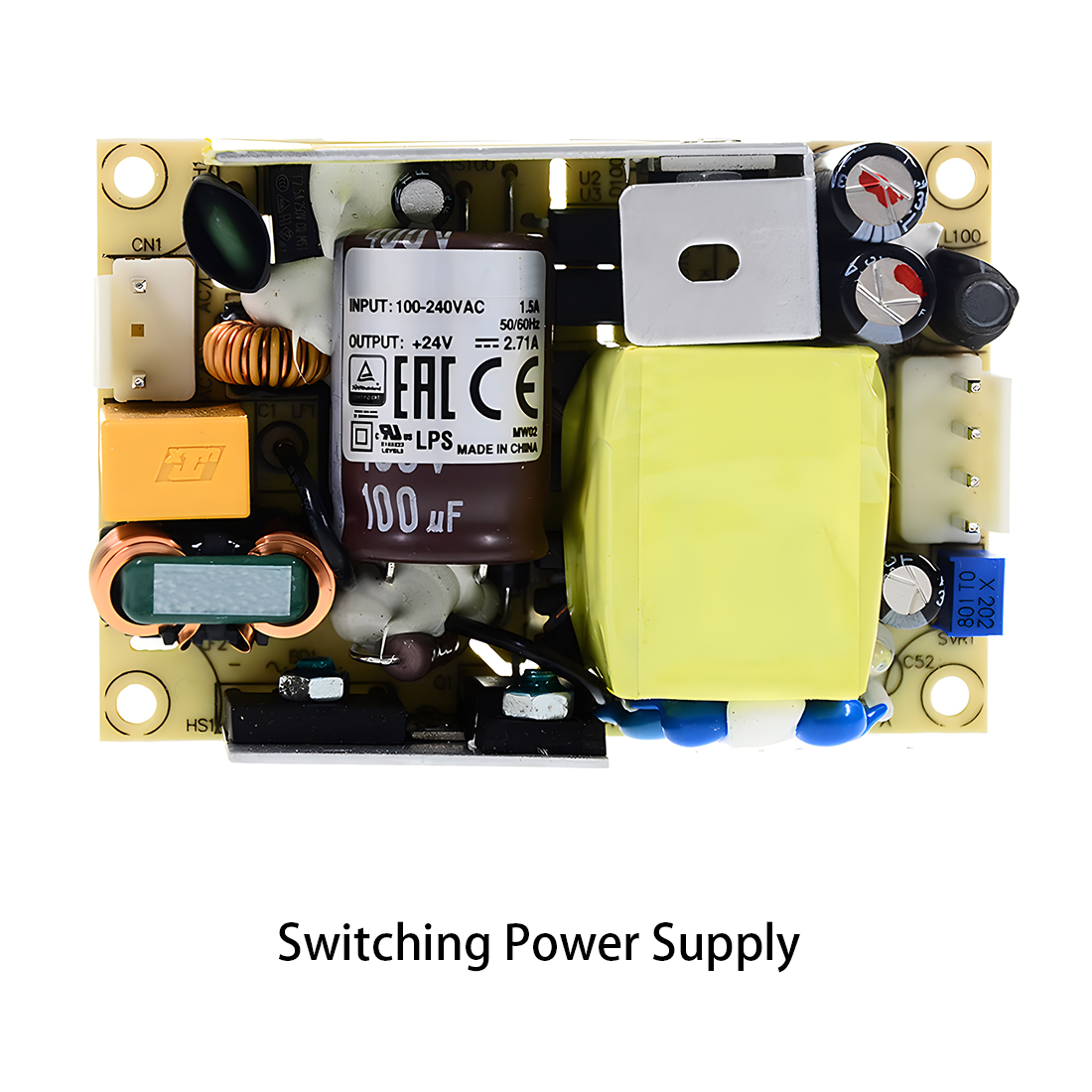 Power Supply PCBA
Power Supply PCBA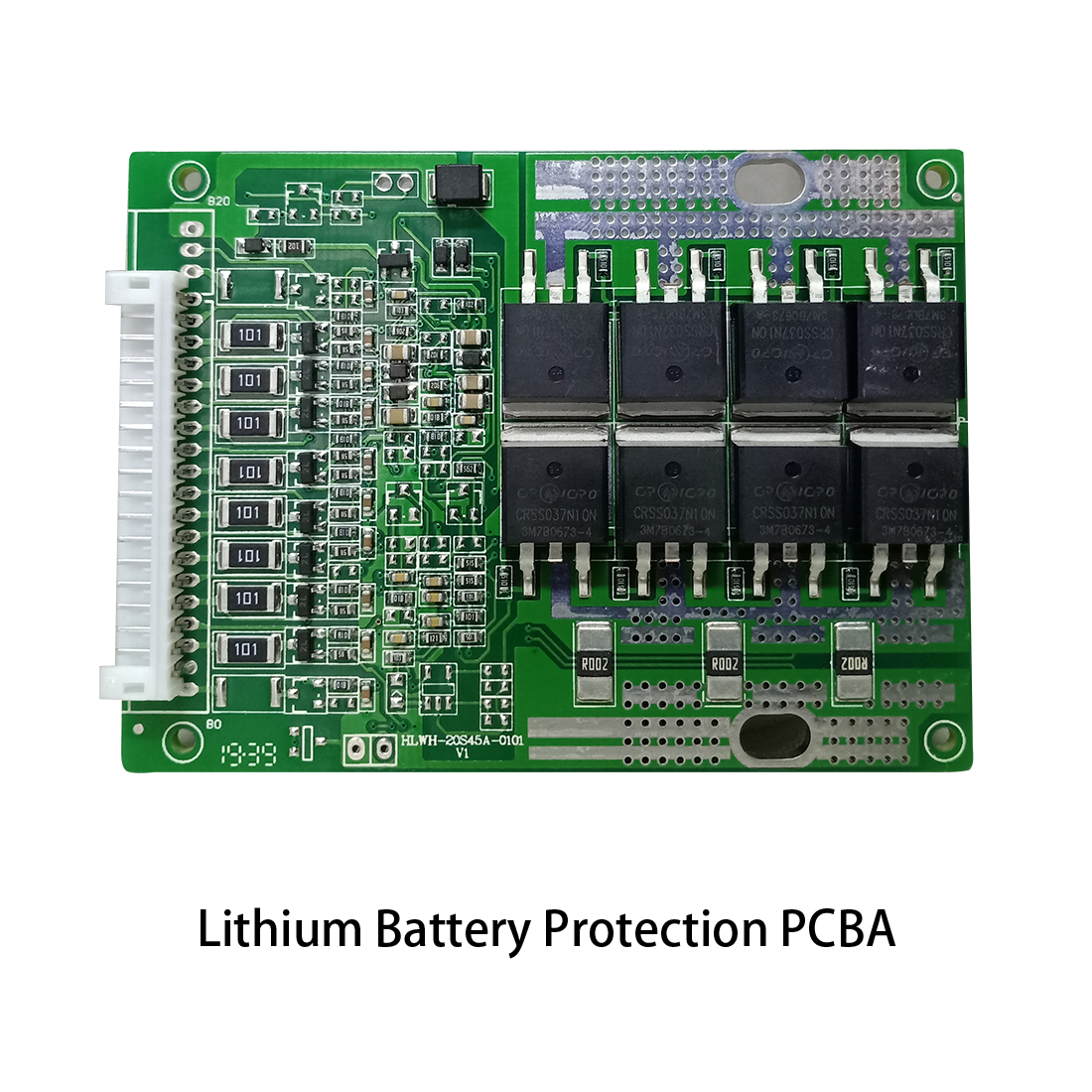 New Energey PCBA
New Energey PCBA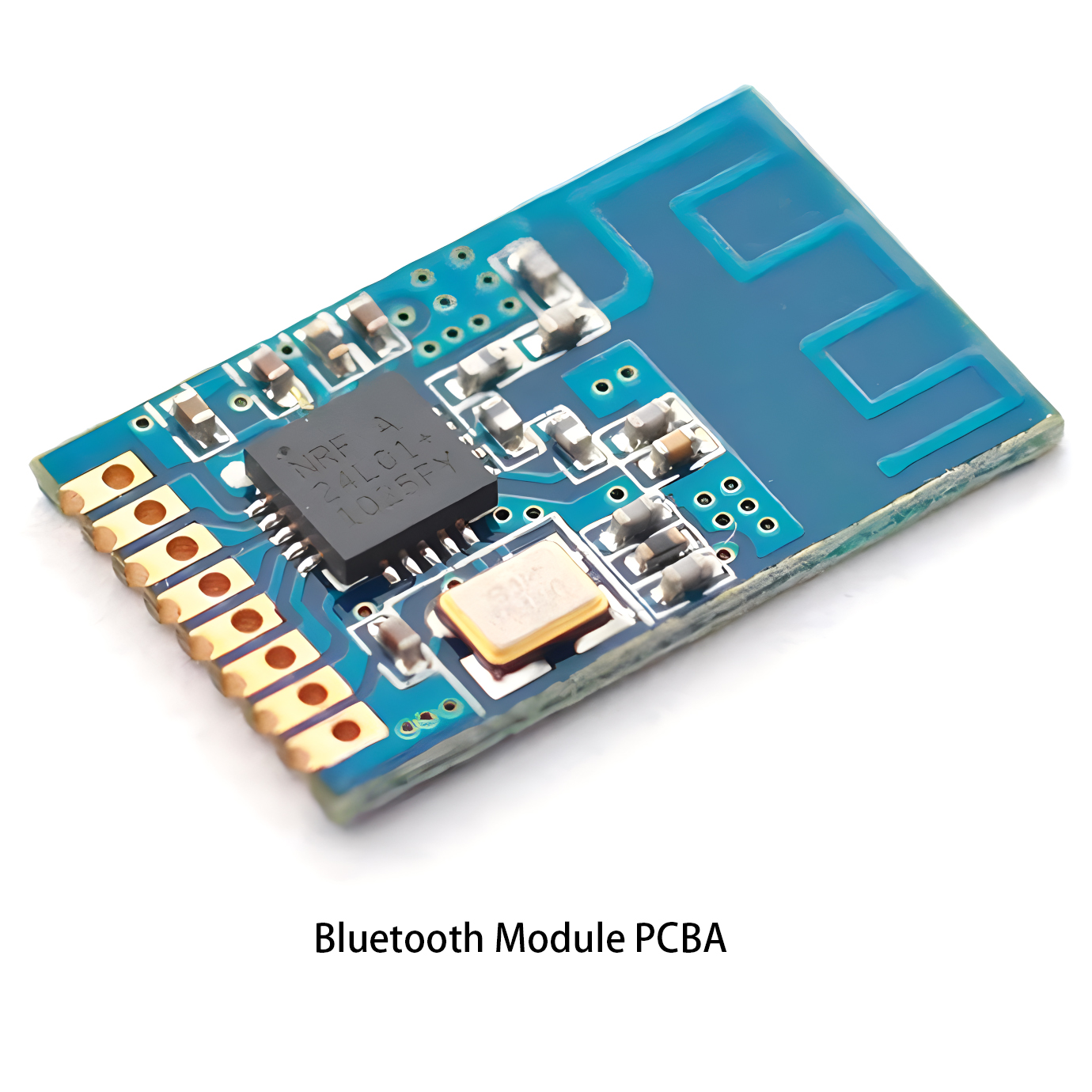 Communication PCBA
Communication PCBA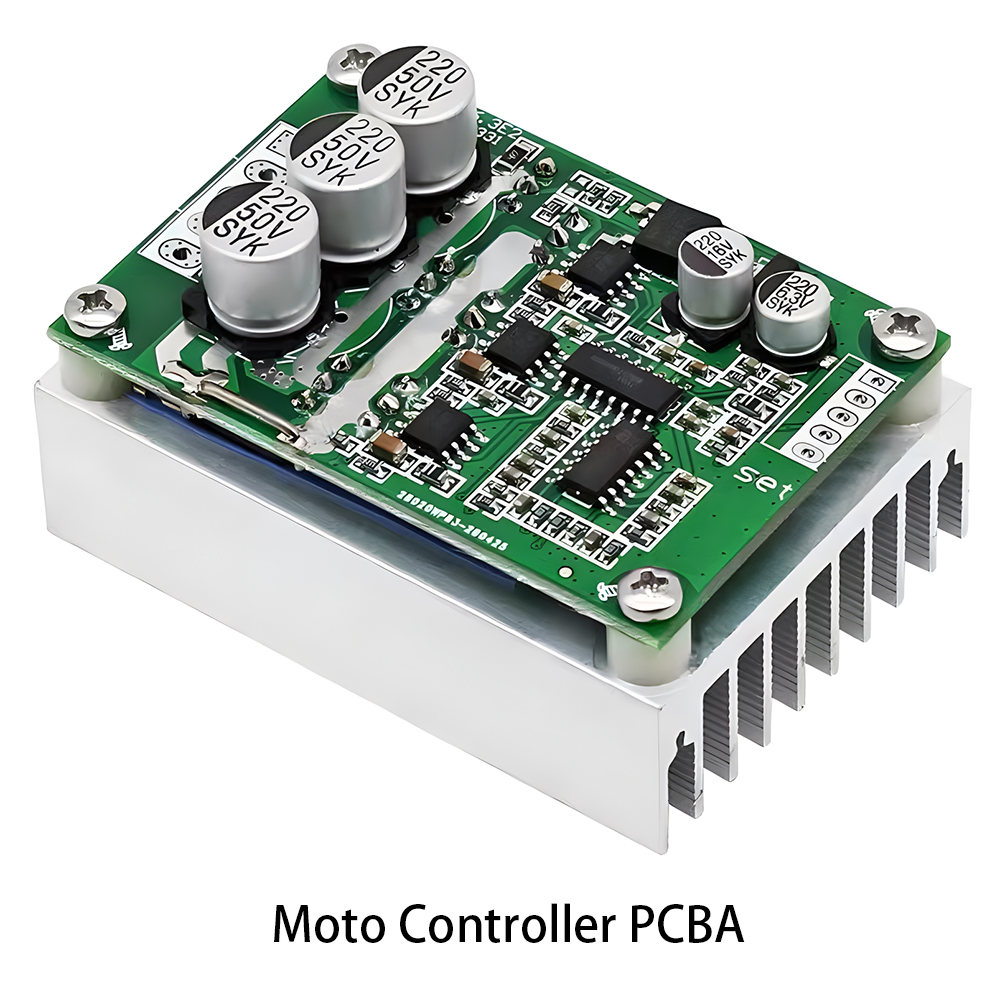 Industrial Control PCBA
Industrial Control PCBA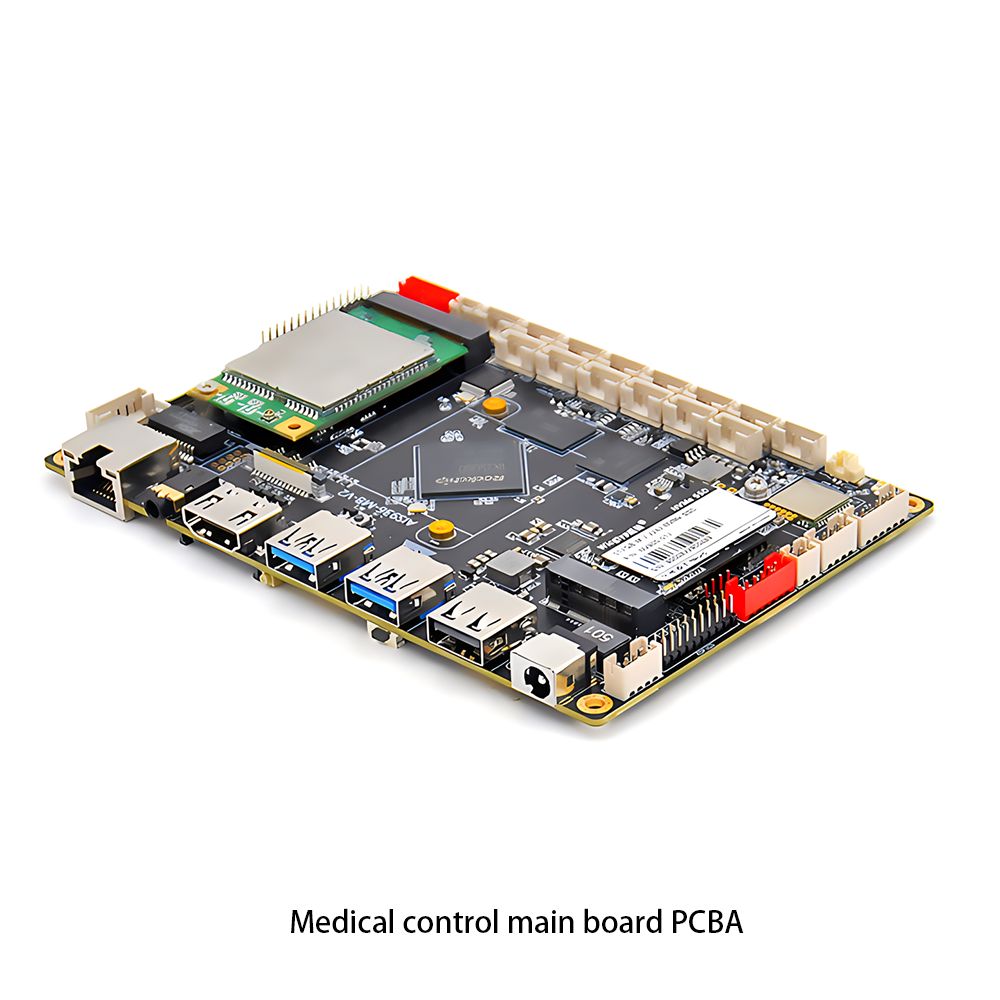 Medical Equipment PCBA
Medical Equipment PCBA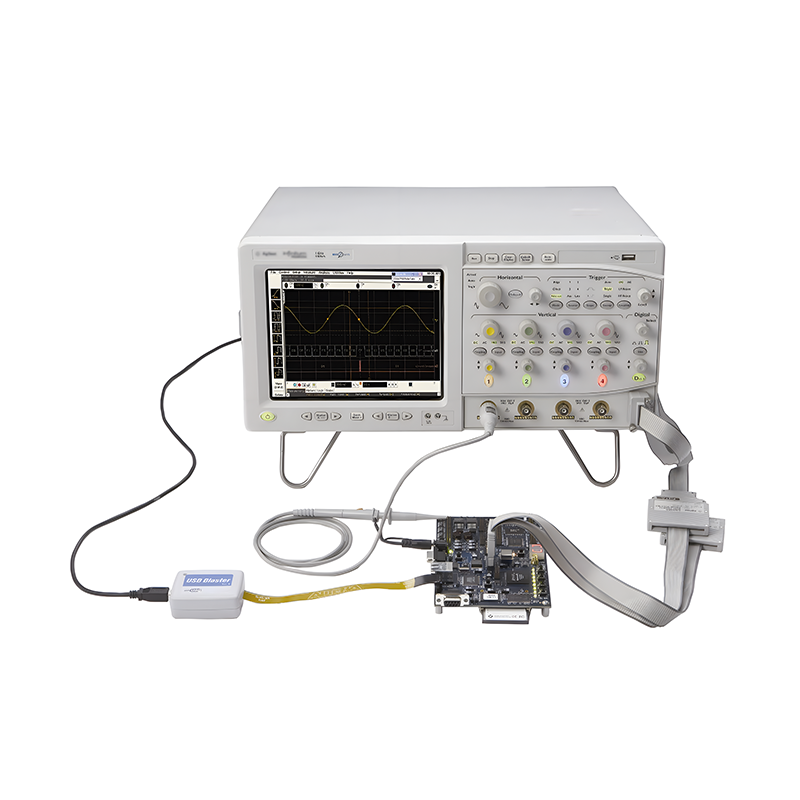 PCBA Testing Service
PCBA Testing Service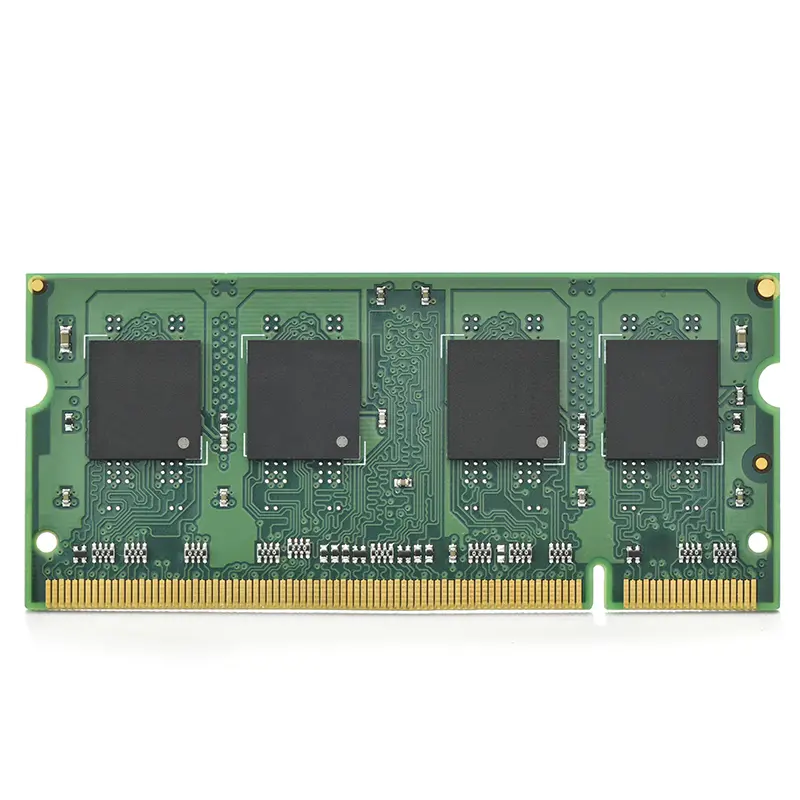 Certification Application
Certification Application RoHS Certification Application
RoHS Certification Application REACH Certification Application
REACH Certification Application CE Certification Application
CE Certification Application FCC Certification Application
FCC Certification Application CQC Certification Application
CQC Certification Application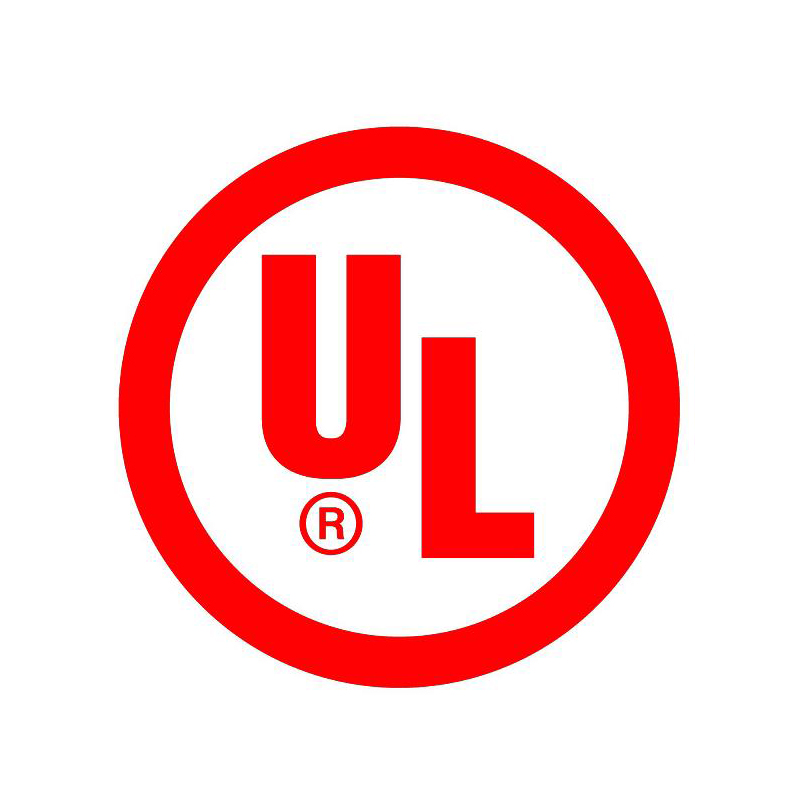 UL Certification Application
UL Certification Application Transformers
Transformers High Frequency Transformers
High Frequency Transformers Low Frequency Transformers
Low Frequency Transformers High Power Transformers
High Power Transformers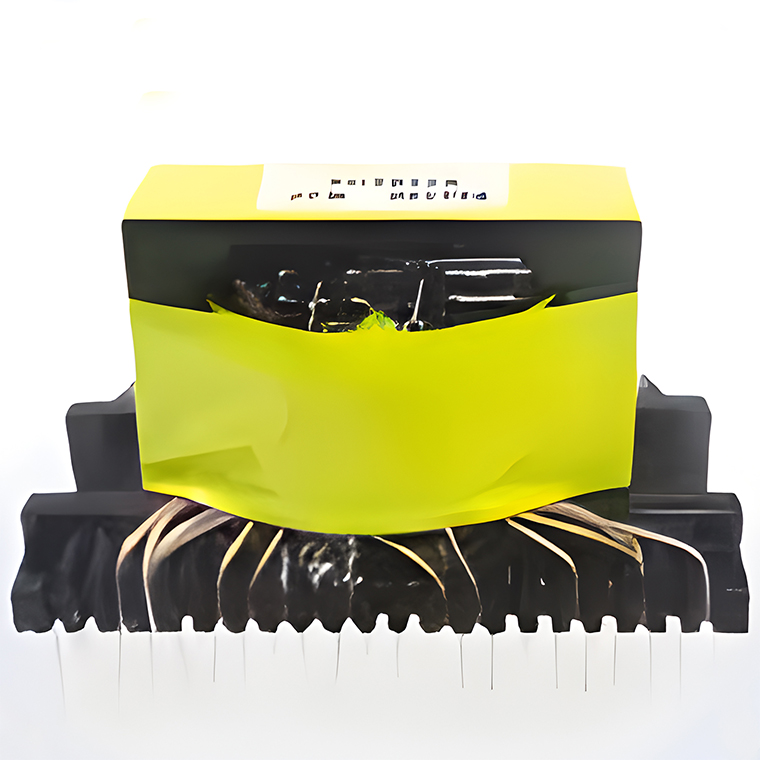 Conversion Transformers
Conversion Transformers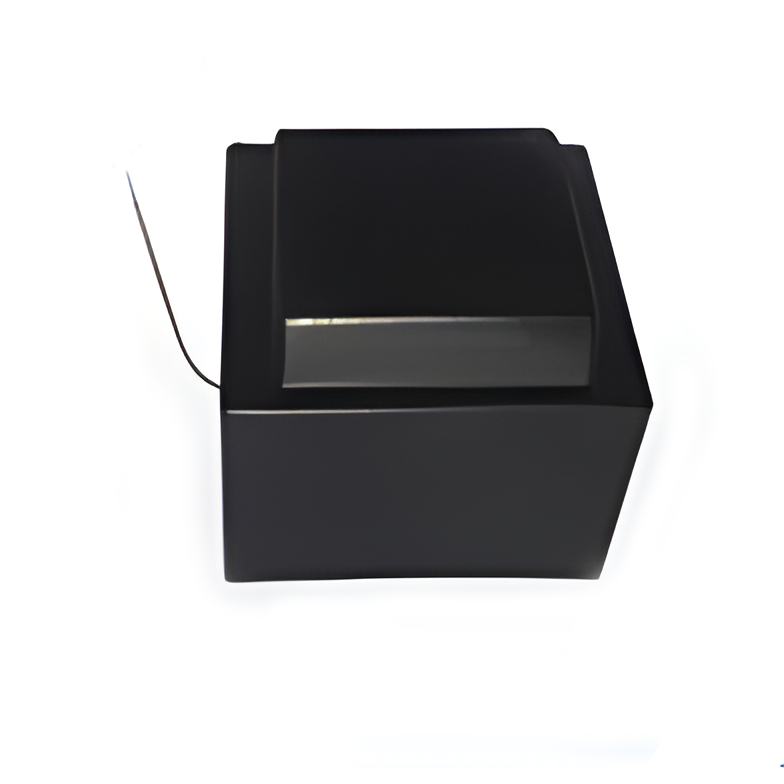 Sealed Transformers
Sealed Transformers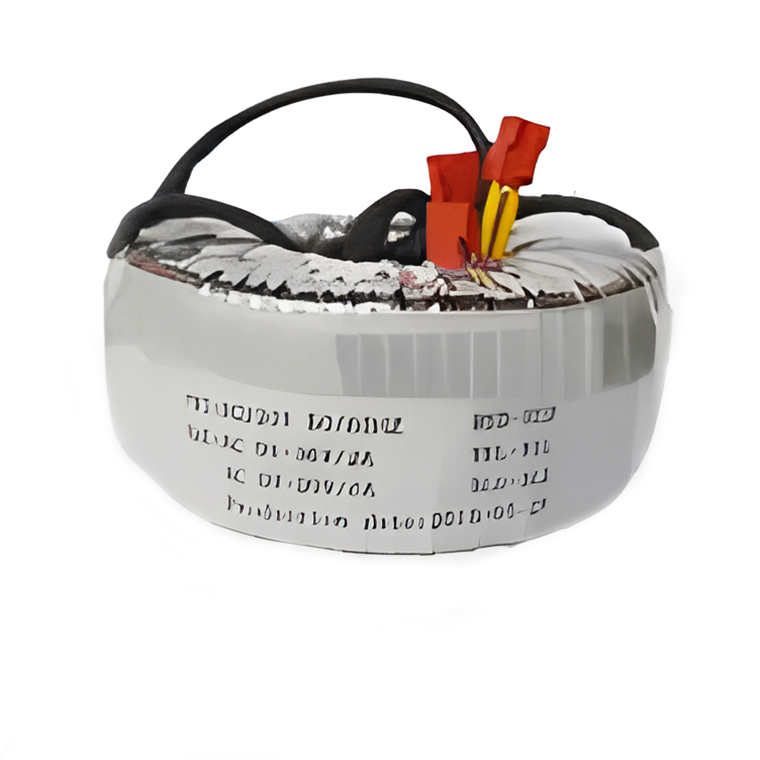 Ring Transformers
Ring Transformers Inductors
Inductors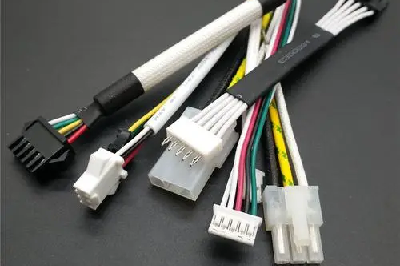 Wires,Cables Customized
Wires,Cables Customized wires-cables
wires-cables